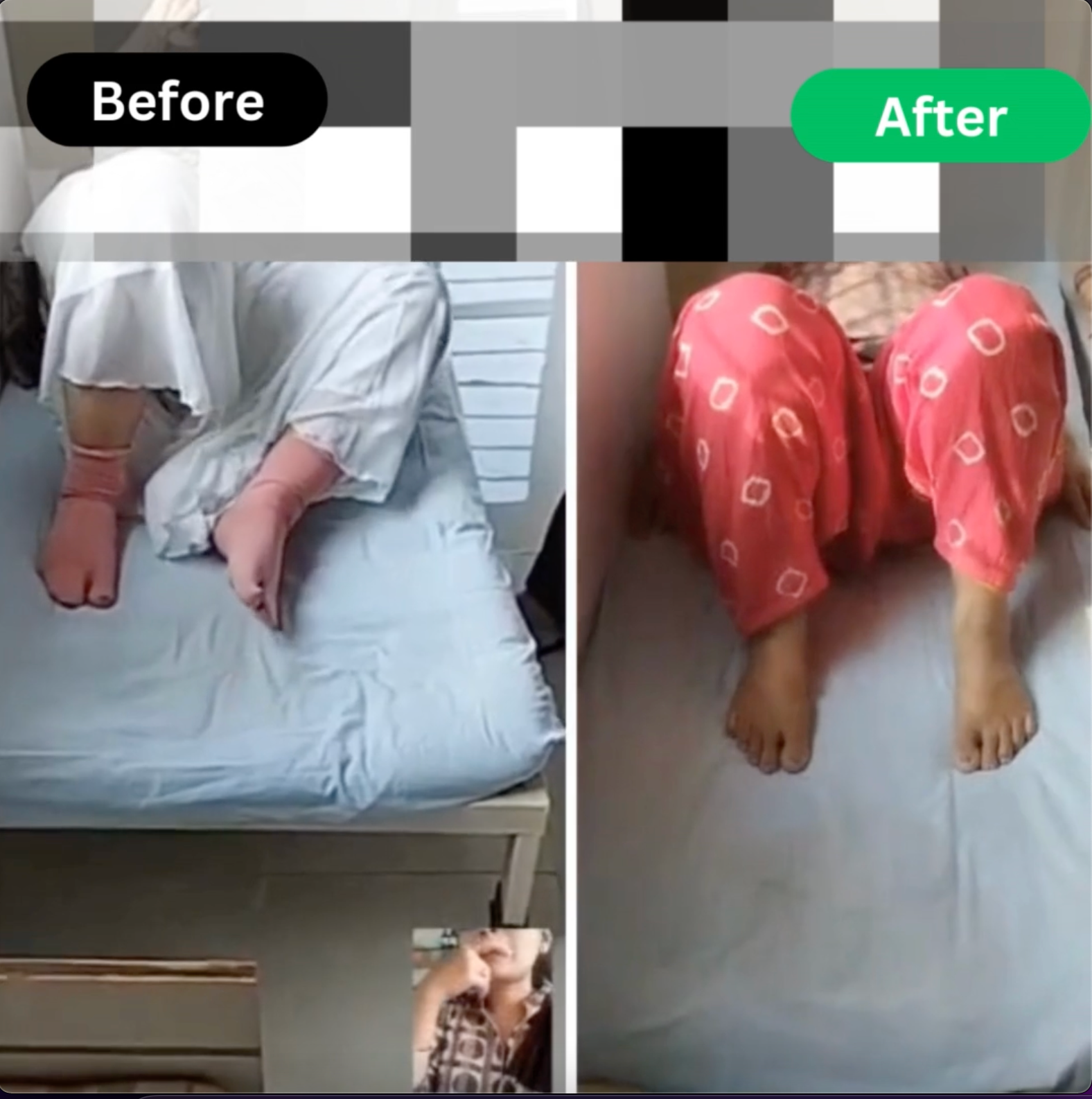Sciatica and lumbar spondylosis can cause persistent pain, stiffness, and restricted movement, making even simple daily activities a challenge. When traditional treatments fail to provide lasting relief, Posture Therapy offers a natural, non-invasive approach to healing.
In this blog, we share the inspiring story of a 60-year-old woman who struggled with lumbar spondylosis and sciatica for over 15 years. Despite trying multiple treatments, she continued to experience recurring lower back pain and severe discomfort in her left leg. However, through our 15-hour Posture Therapy program, she regained mobility, reduced her pain, and improved her quality of life.
Understanding Sciatica and Lumbar Spondylosis
Lumbar spondylosis is the gradual degeneration of spinal discs, often leading to nerve compression and radiating pain in the legs—a condition known as sciatica. This can result in discomfort, heaviness, and difficulty with movement. While conventional treatments focus on symptom management, they may not correct the structural imbalances that contribute to chronic pain.
The Patient’s Journey
Our patient, a 60-year-old woman, had been struggling with lumbar spondylosis and sciatica for over 15 years. Despite undergoing multiple treatments, she continued to experience episodes of lower back pain. A recent injury during exercise further aggravated her left knee, causing severe pain, stiffness, and heaviness in her leg. As a result, walking and performing daily activities became increasingly difficult.
Posture Therapy: A Game-Changer
Our 15-hour Posture Therapy program is designed to correct postural imbalances, relieve nerve compression, and restore natural spinal alignment. By incorporating specific body positions, she experienced significant relief. These included:
- Supine body positions – To gently mobilize the lower spine and relieve pressure on compressed nerves.
- Sitting body positions – To improve hip mobility, spinal alignment, and knee positioning.
- Supine leg-rest position – To elevate the legs, reduce spinal tension, and enhance circulation.
- Supine arm and shoulder adjustments – To address cervical alignment and improve upper body posture.
With consistent therapy sessions, she achieved remarkable improvements:
